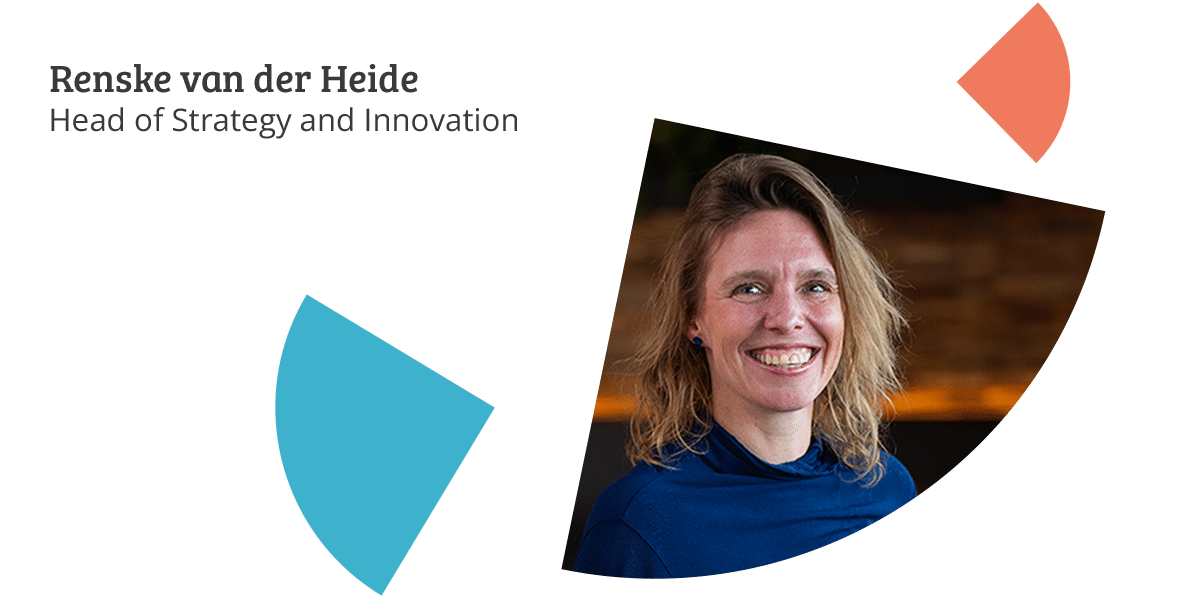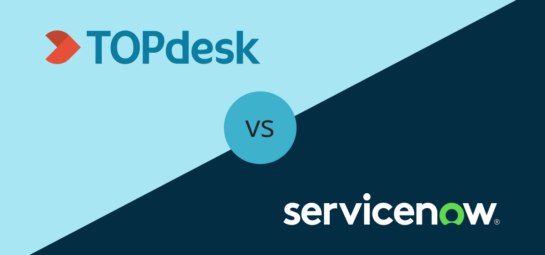Top 4 ITSM Trends in 2024

What ITSM trends and developments will we see in 2024? And how will these impact the way you work? Renske van der Heide, Head of Strategy and Innovation, shares her findings.
Table of contents
- AI applications are starting to make a real impact
- Increased demands on user experience
- Focus on value creation
- A service flux mindset – start small, iterate and be pragmatic
1. AI applications are starting to make a real impact
Recognizing AI as a major trend in our digital landscape is nothing new – and it’s only going to get more relevant. In fact, Gartner predicts that by 2025, 70% of organizations will implement structured automation – up from 20% in 2021. The question stands, how will this expand as a trend for ITSM in 2024?
For one, IT professionals expect more ways to implement AI from their ITSM software. Think of automatic categorization and routing calls to the right team based on the issue description of the call. Or using ChatGPT and other AI to auto-fill text fields in incident cards. While the margin for error with AI means content will still need to be reviewed and edited by an expert, this will save service desk departments valuable time on simple tasks.
AI applications are also shifting from ‘cute but useless’ to helpful tools for businesses. Chatbots used to
be (and still are often) tools that frustrate customers with simple conversation threads that loop and provide minimal solutions. Now, chatbots can leverage the power of AI to provide a complex matrix of solutions that benefit both customers and agents.
Entering 2024, we are just breaking ground when it comes to applying AI technology to service desk software. But in the long run, AI will be a disruptive trend for IT departments. Registering and handling calls is an important part of the work of service agents. And it’s exactly this type of admin work that’s expected to be automated by AI in the coming years.
2. Increased demands on user experience
IT teams face increasing expectations for the experiences they provide their colleagues. End-users expect a seamless and user-friendly service desk experience, that’s nothing new. But there are a few developments that will make this more urgent in the coming years.
For one, apps for private use are becoming better every year. They all provide a smooth and frictionless user experience. And your customers expect a similar experience when it comes to their business software, too. If you’re not meeting those expectations, chances are your colleagues might use that latest free planning tool they can download in 20 seconds instead of the one you carefully selected for your business.
Next to that, meeting accessibility standards is an increasingly important ambition for many organizations. Partly because of today’s diverse workforce: obviously you want the software you provide to be usable also by people who, say, are color blind or happen to have trouble reading. Guidelines such as WCAG 2.1 help organizations in this endeavor.
3. Focus on value creation
The mission of any modern IT department is not so much to facilitate and maintain an IT infrastructure but to provide value to their customers.
This focus on value creation has two main drivers.
The concept of ‘providing value’ in ITSM has been further popularized in ITIL 4 in 2019. Instead of focusing heavily on processes, as in ITIL v3, ITIL 4 focuses on providing value for your customers. Your aim is to discover what’s valuable to your customers and to deliver just that.
Another driver is the rising inflation that organizations have been facing in recent years. More than ever, you’re expected to show what you’re doing – and explain why you couldn’t do it with 2 fewer people or a 10% budget cut.
The better you can demonstrate the value of your IT team, the stronger your case will be for next year’s budget talks.
4. A service flux mindset – start small, iterate and be pragmatic
The way IT departments approach projects is changing, too. The large, big-bang implementations with extensive design and implementation phases are making way for a more iterative approach to projects.
It’s a trend we see at many organizations, and which we at TOPdesk call ‘service flux’.
The service flux approach means embracing constant transformation. You focus on implementing the low-effort, high-impact changes first, and go from there. It also means letting go of a ‘first-time right’ mentality.
A nice example of the service flux mindset is Knowledge Centered Service (KCS).
Traditionally, you first design a knowledge base, including all the information you think necessary, and then you implement the whole thing. With Knowledge Centered Service, you start small and expand as you go. You give all agents the possibility to create and adapt knowledge items. You make registering and updating knowledge part of their daily process – a small step in handling each call. Each day and each hour, your team is slowly building and improving their knowledge base. Much more efficient than saving up bulk work for a Friday afternoon.
Stay up to date on the latest ITSM trends
Want to stay up to date on the latest trends and developments in ITSM? Subscribe and get the latest content straight into your inbox.
Inspire others, share this blog




